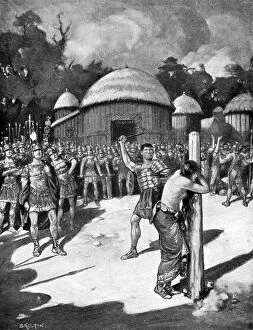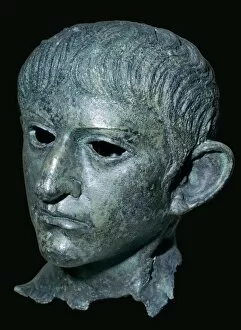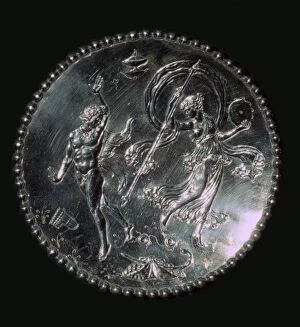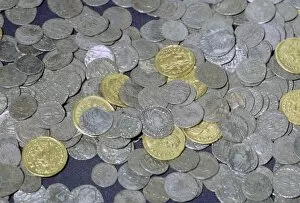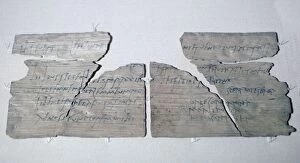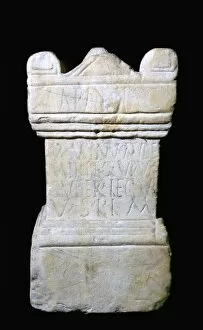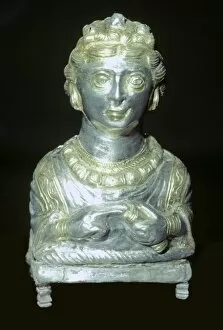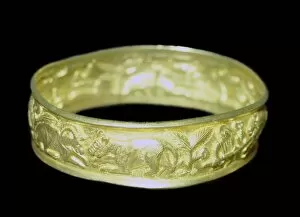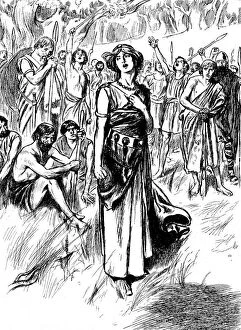Roman Britain Collection (#3)
Roman Britain, a captivating era in history, comes to life through these intriguing glimpses
For sale as Licensed Images
Choose your image, Select your licence and Download the media
Roman Britain, a captivating era in history, comes to life through these intriguing glimpses. Hadrian's Wall stands tall and proud, stretching towards Crag Lough in Northumberland, England. This remarkable structure symbolizes the might of the Roman Empire and its determination to protect its borders. Delving deeper into this ancient world, we discover Bremenium's plan from 1902. The meticulous details unveil the layout of this once-thriving Roman fortification. As we explore further, an evocative artwork titled "Will you follow me, men?" by As Forrest transports us back to 61 AD when brave soldiers rallied for battle. The grandeur of Roman Baths in Bath mesmerizes with its architectural splendor. Created by Works and Sun Sculpture Studios in 1900, it showcases the Romans' sophisticated engineering skills and their love for lavish bathing rituals. Traveling southward to Fishbourne in West Sussex leads us to The Roman Palace where a stunning Cupid on a Dolphin Mosaic captivates our imagination. This intricate artwork reveals the Romans' appreciation for beauty and mythology. Silchester's Forum is unveiled through a detailed plan from 1902. It offers insights into this bustling hub of social interaction during Roman times—a place where commerce thrived and ideas were exchanged freely. A Romano-Celtic bronze statuette from the 3rd century catches our eye next—depicting a deity worshipped by both Romans and Celts—an embodiment of cultural fusion during that period. Moving away from artifacts but still immersed in history, we encounter a cavalry combat helmet discovered at Witcham Gravel in Ely, Cambridgeshire—a testament to Rome's military prowess within Britannia's borders during the 1st century AD. Brading Roman Villa Complex on the Isle of Wight beckons us with its exterior view—an expansive site that once housed luxurious living quarters showcasing opulence amidst the British countryside.




